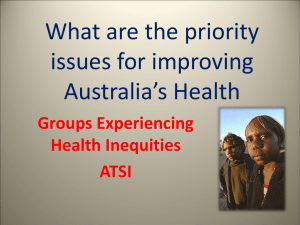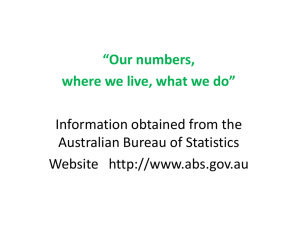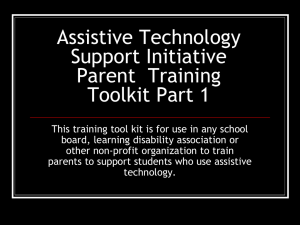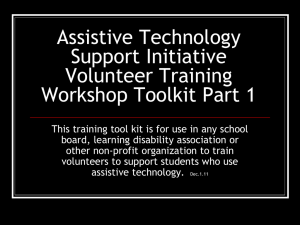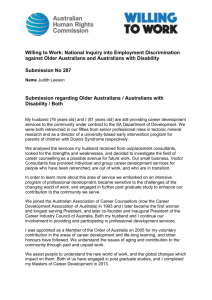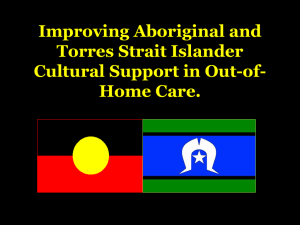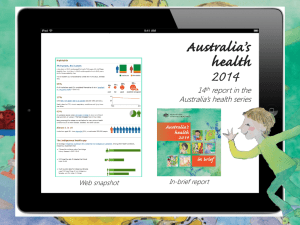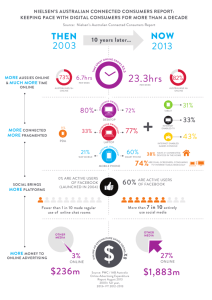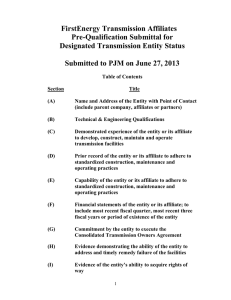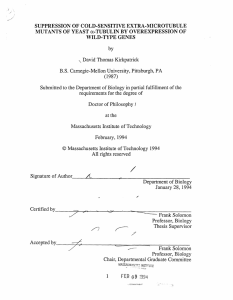Socially Valued Resources
advertisement
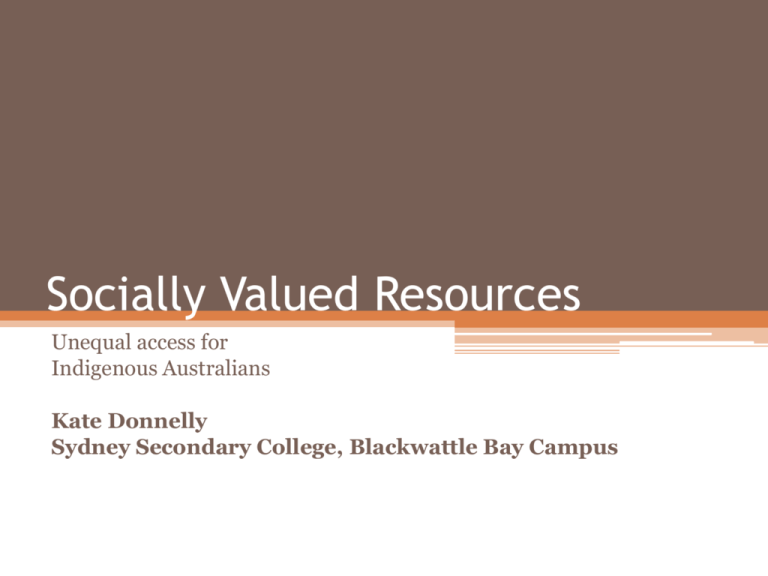
Socially Valued Resources Unequal access for Indigenous Australians Kate Donnelly Sydney Secondary College, Blackwattle Bay Campus • Yolngu family members continue to teach their children traditional ways of life. Photo: Supplied Heritage & enculturation Health • Indigenous Australians experience lower levels of access to health services than the general population due to: ▫ ▫ ▫ ▫ ▫ ▫ ▫ Proximity Availability Cultural appropriateness of services Transport availability Health insurance Affordability Proficiency in English Remote communities Health - Distance and Availability • ATSI people live further away from health care ▫ 26% live in remote or very remote areas ▫ Compared to only 2% of non-ATSI • In 2002, 281 medical professionals per 100 000 population were employed in remote or very remote areas ▫ Compared to 312 in cities ▫ Largest difference in paediatrics (children’s care) A men’s shed without a Shed Titjikala NT Health - Other factors affecting access • Transport ▫ ATSI households are larger and are less likely to have a motor vehicle • Insurance ▫ 17% of ATSI people in urban areas have health care ▫ Compared to 51% of other Australians Health - risk factors • Impact upon quality of life ▫ Conditions such as kidney disease, respiratory disease, circulatory system diseases and hearing loss ▫ Nutrition ▫ Alcohol consumption, smoking and use of other drugs ▫ Mental health BUT… • Major disparities in health status despite higher spending on ATSI health (ABS 2005) ATSI Non-ATSI $3 901 per person $ 3 308 per person • In 2004-5 ATSI were 3 times as likely to be hospitalised as other Australians ▫ Diabetes is 4 times more prevalent • Shorter life expectancy (17 yrs less) • Infant mortality is still 3 times the national average Education & Employment • Steady increases in school enrolment rates • ATSI adults are twice as likely to be unemployed (13% in 2002) than non ATSI • Income is equivalent to 59% other Australians • 40% of 10 – 17 yr olds in detention are ATSI (ABS 2002) Pride in achievement Pride in culture Housing • More likely to live in some form of social housing • Those in remote areas live in conditions that do not support good health • 9% living on overcrowded conditions ▫ Can contribute to the spread of infectious disease • 1882 improved dwellings in 2001 ▫ Of permanent dwellings, 31% required major repair or replacement ▫ 153 had not organised sewerage supply • At Yarrabah Aboriginal Mission, two or three families - sometimes up to 25 people share each house, which are little more than tin sheds. Photo: Meredith O'Shea Solutions • Reconciliation • Northern Territory Intervention (?) • http://www.youtub e.com/watch?v=Lt OxgkZDS4A •

